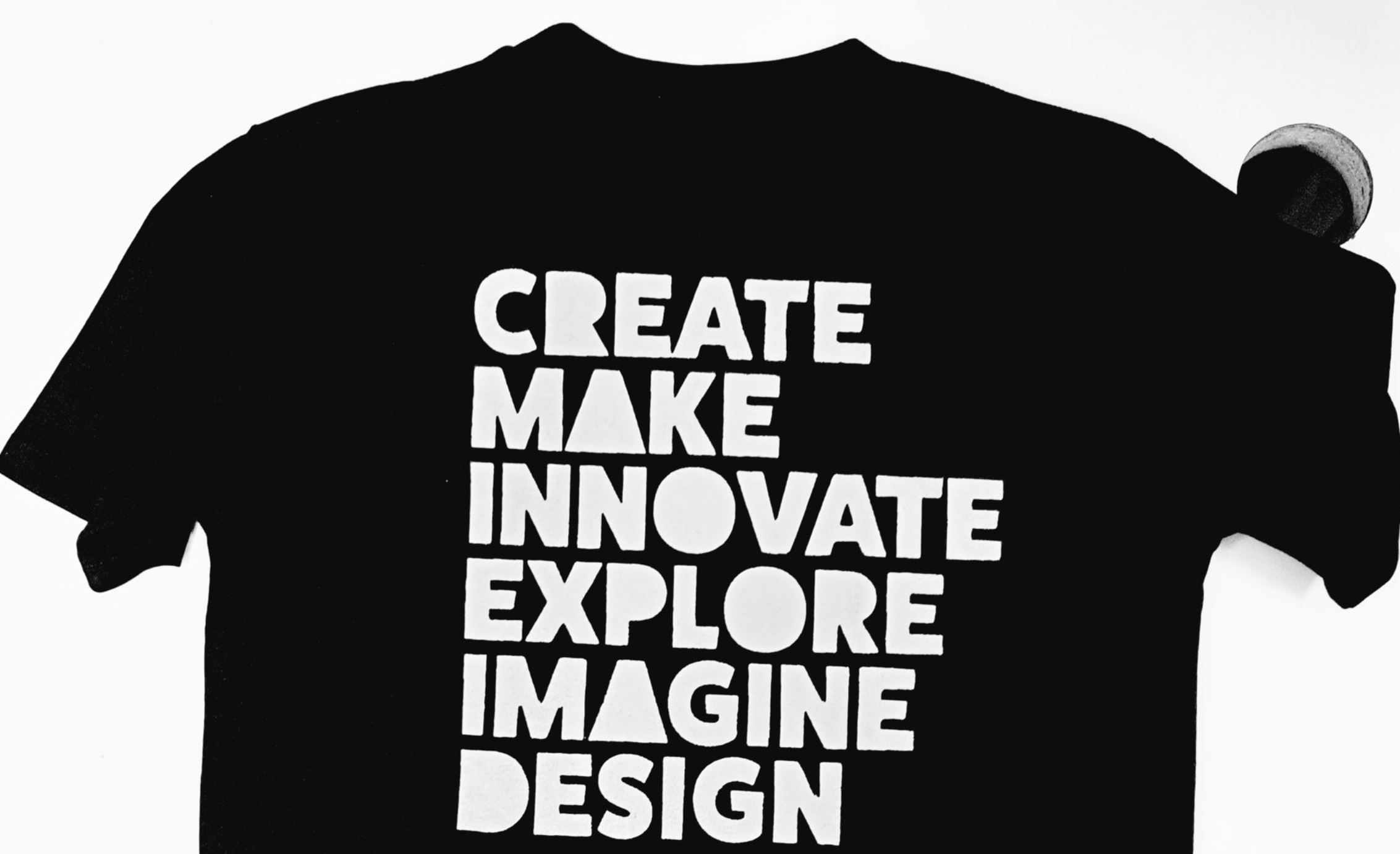The idea of this seems absurd if it wasn’t true. How did we get here? Can we enact change inside a system of curriculum kingdom builders and their mandated syllabuses, in the hope of empowering our students?
The short answer is yes, but it is a hard and exhausting road. The system supports many interests and educators who have built knowledge kingdoms in their own image.
By protecting their own interests, they have failed to support and protect the very young people they are there to serve.
Dismantling this requires effort, vision and collaboration and the courage to reimagine the school experience. When we reinvent the classroom experience, we enable the sense of theatre our students are entitled to.
If you set curriculum aside and replace it with meaningful conversations you begin this process. Conversations surrounding student interest and passion can redefine us as educators.
If we aren’t willing to redefine ourselves, then we are of no help to the young minds we look after each day. If we aren’t willing to challenge ourselves as educators, then we cannot challenge our students as they struggle to find themselves in the chaos we call school.
To set out on this path alone is daunting, but as educators we don’t work alone. Teaching is not an individual pursuit, it’s a team sport. We work as a Department, as a Learning Area, as a School Community that belong to the various systems or districts we find ourselves in.
At my current school we work under the mandated syllabuses we are all bound by. We tick the boxes like many educators do - but we have found a way of moving our students along a different path of self-discovery.
We have amalgamated a range of Learning Areas under one banner, Creative Technologies. Under our Creative Technologies label we involve: Film & Photography, Visual Art, Comics & Gaming Design, Graphics & Gaming Design, Digital Technologies, and Media, all of which gently move towards the ATAR and General Courses in Year 11 & 12.
It seems odd that a Creative Technologies department’s end point is standardised courses of study, but it’s the world we live in.
As we amalgamated ourselves under the Creative Technologies banner, we devised six creative pillars that allow our teachers and students the freedom and flexibility to develop innovative projects, and in turn, themselves as individuals.
Central to this process was and is our black screen-printed staff shirts that contain our six creative pillars. They are there to use any time of the day, in any lesson, on any given day of the week.

It’s a simple process; a black staff shirt and six common pillars. As staff mentor students in their classrooms, they are free to choose their focus. It’s a reminder of our philosophy and the potential in our Learning Area.
It’s an opportunity for staff to buy into. And if we buy into the creative process, so too do our students.
Our Comics, Graphics & Gaming Design pathway has been central to this focus. Derived from a Technical Graphics context, several years ago we moved this subject in a completely different direction. We were looking for a new creative way of delivering design skills.
Crucially, we purchased a Nintendo Switch and a PlayStation.
Gaming consoles are used as vehicles to teach design skills, as they engage, motivate and allow collaboration in ways teachers cannot. They build a sense of classroom theatre alongside design skills. They create learning pods inside the traditional classroom.
When used correctly, students can move between activities located in flexible learning pods. They determine what activity they need to focus on. It might be a video game character or an e-sports fixture. The various activities are tied together by our six common pillars, Create, Make, Innovate, Explore, Imagine and Design.
The very act of wearing a staff shirt advertising our six common Creative Technology pillars allows teachers to practice what they preach. It provides an opportunity for them to centralise creativity in their practice. It removes them, for a part of their practice, from the constraints of mandated syllabuses.
In this way, a simple, creative message is on display throughout the school day - something tangible that can foster creative minds and empower students.
Collectively, it enables teachers to become students and students to become teachers. Curriculum, although taught, is not everything.
It's conversations around our pillars that fosters a space for student choice and voice.















